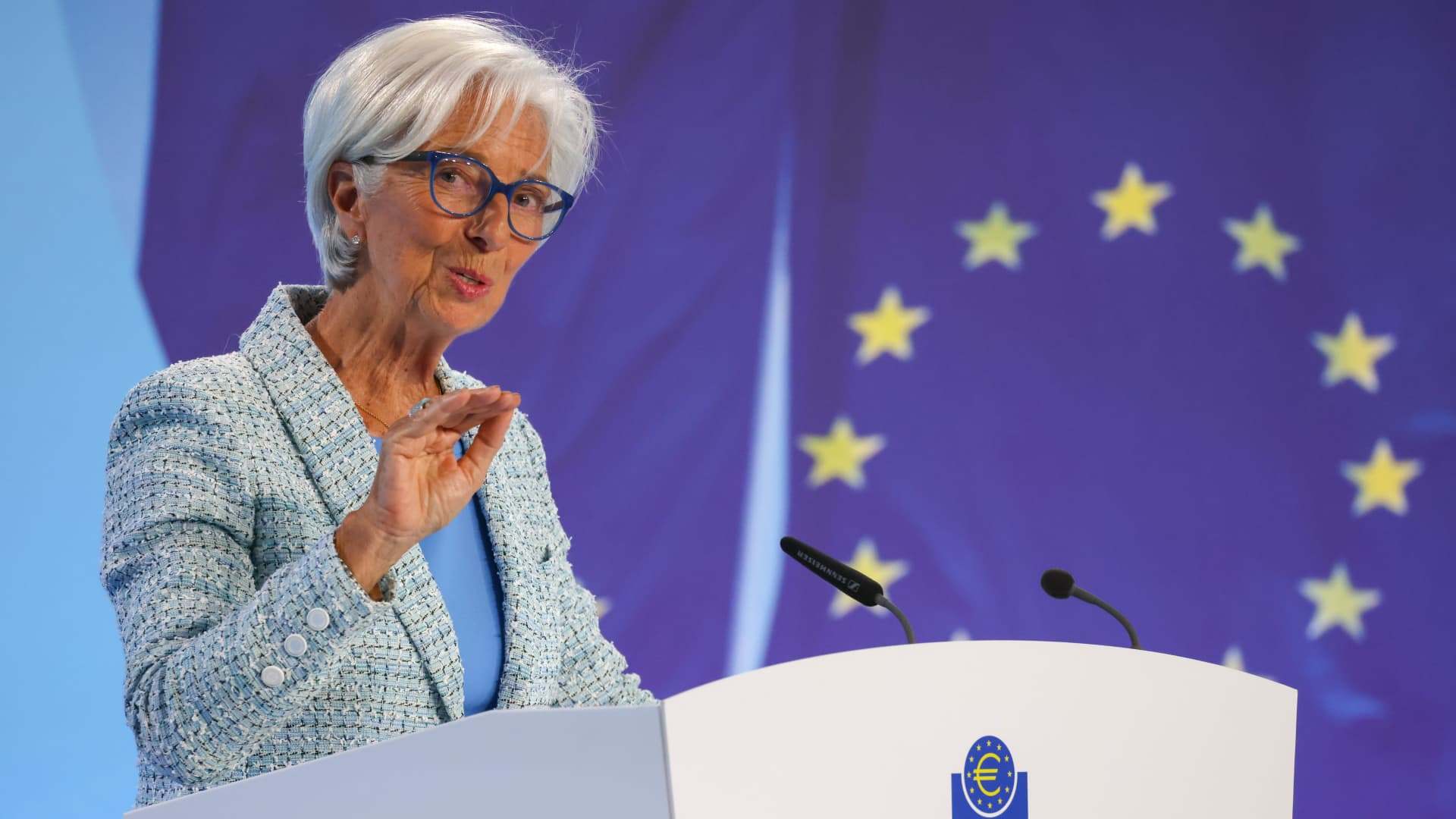Eurozone follows Canada with 25 basis point rate cut: global monetary cycle shift?
Many analysts expect that the Bank of England, which has been struggling with high-interest pressure for three years, will announce a rate cut in two weeks.
On June 6, the European Central Bank (ECB) cut interest rates as expected, potentially initiating a wave of rate cuts by major central banks worldwide.
The ECB held a monetary policy meeting at its headquarters in Frankfurt, Germany, on the 6th, deciding to lower all three key interest rates in the Eurozone by 25 basis points. The main refinancing rate, marginal lending rate, and deposit facility rate will be reduced to 4.25%, 4.5%, and 3.75%, respectively, effective from the 12th of this month.

Since October last year, the ECB had halted rate hikes until this June, when it made its first rate cut. In a press release, the ECB stated that, based on the latest assessment of inflation prospects, underlying inflation dynamics, and the strength of monetary policy transmission, it was appropriate to moderately ease monetary policy restrictions after maintaining stable rates for nine months. The ECB also announced plans to reduce its holdings under the Pandemic Emergency Purchase Programme (PEPP) by an average of €7.5 billion per month in the second half of this year.
Data shows that since the ECB Governing Council meeting in September 2023, the Eurozone inflation rate has dropped by more than 2.5 percentage points, with significant improvement in inflation expectations.
However, the ECB remains cautious. It noted that due to rising wage levels, price pressures remain high, and Eurozone inflation is likely to stay above the 2% medium-term target until 2025. Compared to the March forecast, the press release announced an upward revision of the latest forecasts for overall and core inflation rates for 2024 and 2025: the overall inflation rate is expected to average 2.5% in 2024, 2.2% in 2025, and 1.9% in 2026.
For core inflation, excluding energy and food, the average is projected at 2.8% in 2024, and 2.2% and 2.0% in 2025 and 2026, respectively. The press release also stated that economic growth is expected to rebound to 0.9% in 2024, 1.4% in 2025, and 1.6% in 2026.
The market currently bets that after the first rate cut in June, the ECB may have room for 1-2 more cuts within the year, with a lower likelihood of a cut in July and a 60% chance in September.
This rate cut by the ECB marks it as the second major central bank to enter a rate-cutting cycle, following the Bank of Canada. Just the day before (June 5), the Bank of Canada also announced a 25 basis point cut in its benchmark overnight rate, from 5% to 4.75%. This is the first rate cut by the Bank of Canada since the end of March 2020.
Many analysts expect that the Bank of England, which has been struggling with high-interest pressure for three years, will announce a rate cut in two weeks. As for the Federal Reserve, it will continue to monitor domestic economic data and policymakers' statements.
Regarding the ECB's rate cut, Carsten Brzeski, head of macro at ING, commented that historically, the first rate cut is always accompanied by expectations of further cuts to support the economy or respond to crises. This time, however, neither condition exists. "Therefore, the ECB runs a high risk of being forced to shift from 'one rate cut equals no rate cut' to 'one rate cut and done.'"
As for the connection between rate cuts in Europe and the US, Brzeski noted that the inflation trends in the Eurozone and the US are similar, seemingly lagging the US by a few months. Both regions' inflation trends in the second half of the year will focus on core services prices, with wage growth being the key factor guiding the trend of endogenous inflation momentum.
On June 11, the Federal Reserve will hold a new policy meeting. The market expects the Fed to maintain its policy rate unchanged in June and open a window for rate cuts in September. Related interest rate market pricing indicates that the Fed will complete two rate cuts within the year, each by 25 basis points.
·Original
Disclaimer: The views in this article are from the original Creator and do not represent the views or position of Hawk Insight. The content of the article is for reference, communication and learning only, and does not constitute investment advice. If it involves copyright issues, please contact us for deletion.